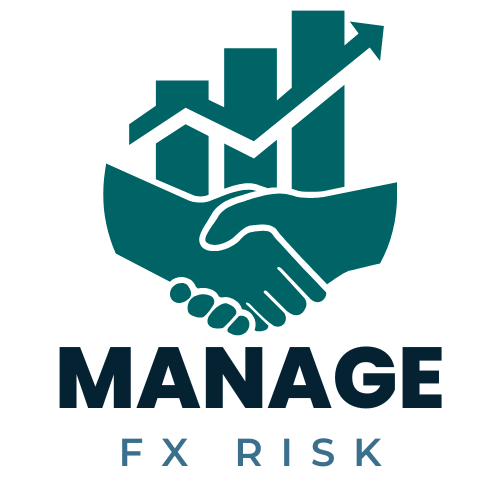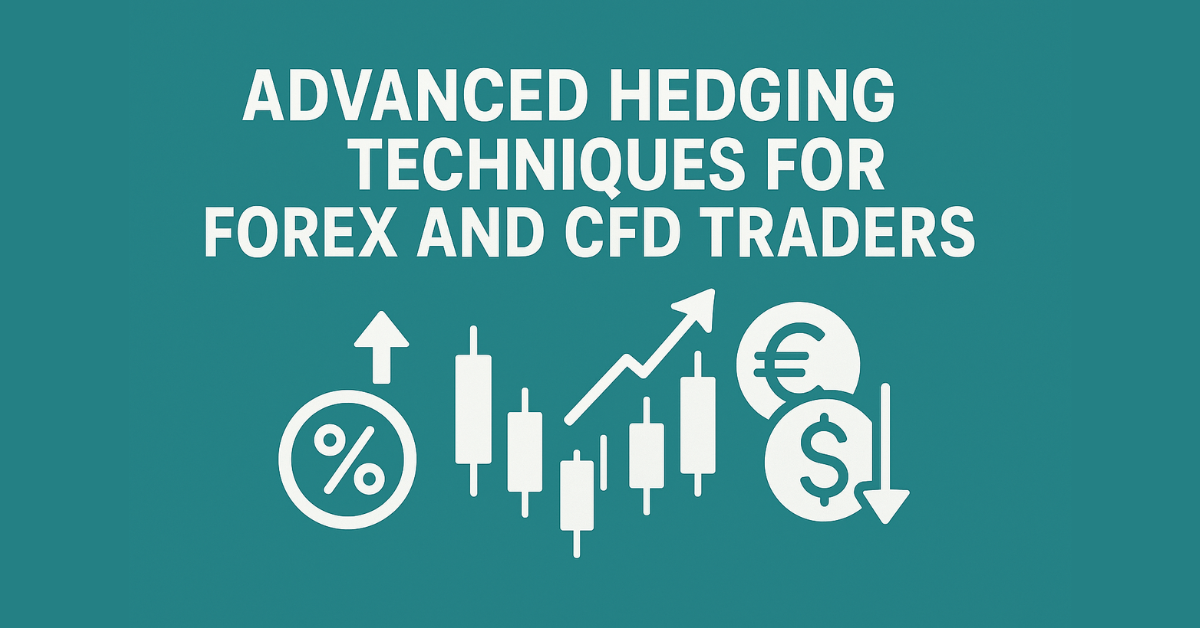
Effective risk management is the cornerstone of any successful trading strategy, and one of the most critical elements of risk management is position sizing. For traders in the Forex, stock, and other financial markets, how much money they allocate to each trade can determine the difference between long-term success and failure. In this article, we will dive deep into how position sizing works, why it’s essential, and how it plays a pivotal role in controlling risk in volatile markets. We will also answer common questions such as how much money do I need to start copy trading, is $1000 enough to start day trading, and can I trade with $1 to help traders understand the practical aspects of starting with small capital and managing risks effectively.For a broader overview of risk management in forex, explore our complete guide that covers strategies, tools, and techniques for protecting your trading capital.
What Is Position Sizing?
Position sizing refers to the amount of capital you risk on each trade. It is a crucial aspect of risk management and helps traders control the potential losses they might experience. Position sizing takes into account your total account balance, the trade setup, and your risk tolerance for a given trade. By determining the correct position size, traders can limit their exposure and ensure that no single loss can significantly impact their trading capital.
Key components of position sizing include:
- Account balance
- Risk percentage per trade
- Stop-loss level
- Risk-to-reward ratio
Proper position sizing enables traders to stay in the market longer, reduce the risk of catastrophic losses, and keep their capital intact during volatile market conditions.
Why Is Position Sizing Important in Risk Management?
Position sizing is the most effective way to control risk, and it is vital for several reasons:
1. Limits Risk Exposure
One of the most significant advantages of position sizing is that it allows traders to limit their risk on any given trade. By only risking a small percentage of their account balance, traders can protect their capital from significant drawdowns caused by bad trades.
For example, if a trader has $10,000 in their account and decides to risk 1% per trade, they will only risk $100 on each trade. If they experience a series of losses, the total impact on their account will be much smaller compared to risking larger amounts.Understanding how to reduce risk in trading starts with managing position size and maintaining a disciplined approach to capital allocation.
2. Prevents Overleveraging
In leveraged markets like Forex, it is easy to overestimate how much capital should be allocated to a trade. Overleveraging can quickly lead to large losses that may wipe out a trader’s account. Position sizing helps ensure that traders use leverage responsibly and avoid excessive risk.
3. Improves Consistency
Effective position sizing leads to more consistent trading results. When risk is kept constant across trades, a trader can withstand losses and stay in the market long enough to capitalize on profitable trades. Without proper position sizing, a few large losses can wipe out profits from many smaller winning trades.
4. Protects Long-Term Capital
For traders, capital preservation is key to long-term survival. Even the most successful traders will experience losses. By managing position sizes, traders ensure that no single loss can have an outsized effect on their account balance, allowing them to stay in the game and continue trading through periods of drawdown.
How Position Sizing Works
To effectively manage risk, position sizing must be determined based on a trader’s capital, risk tolerance, and trading strategy. Below are the steps to determine proper position size for each trade:
1. Determine Your Risk Tolerance
The first step in position sizing is determining how much of your trading account you are willing to risk on each trade.Many traders risk between 1-3% of their capital per trade. As detailed in our guide on trading risk strategies, consistent risk percentages help stabilize performance and reduce emotional decision-making.
. Risking too much on a single trade can lead to quick blowouts, while risking too little can limit profit potential.
2. Calculate the Dollar Amount at Risk
Once you know your risk tolerance, you can calculate the amount of money to risk per trade. This is done by calculating the distance between your entry price and your stop-loss level. The further away the stop-loss, the smaller your position size will be to maintain the same risk level.
For example:
- You have $10,000 in your account.
- You decide to risk 2% of your account balance, so $200 is at risk.
- The distance between your entry price and stop-loss level is 50 pips (in Forex).
- With the calculated dollar risk, you can then determine the correct position size based on the pip value.
3. Adjust for Volatility
In volatile markets, the risk per trade may need to be adjusted to account for larger price movements. A larger stop-loss might be necessary during periods of high volatility, and position sizing should be adapted to ensure that the amount of capital at risk remains consistent.
How Much Money Do I Need to Start Copy Trading?
One of the most common questions among new traders is: How much money do I need to start copy trading? The beauty of copy trading is that it offers low barriers to entry, as traders can copy the strategies of experienced professionals.
The amount of money you need to start copy trading depends on several factors:
1. The Minimum Deposit Requirement
Most brokers have a minimum deposit requirement to open an account. This typically ranges from $100 to $500 for basic accounts. However, some platforms offer even smaller initial deposits, making it accessible for traders with limited funds.
2. Capital for Copy Trading
For copy trading, the amount you invest depends on the traders you choose to follow and the position size you want to allocate. While some traders may suggest risking $1000 or more for diversified portfolios, you can start with as little as $100 and gradually scale up as you gain experience.
3. Risk Management
When copy trading, it is essential to use proper position sizing to ensure that you are not overexposing yourself to one trader or strategy. This will allow you to safely allocate capital and avoid significant losses.
Is $1000 Enough to Start Day Trading?
Is $1000 enough for trading? The short answer is yes, but with some limitations. Many brokers offer accounts with low minimum deposit requirements, and $1000 is often enough to start day trading. However, the success of day trading depends not only on the capital but also on the trading strategy, risk management, and market conditions.
Considerations for Trading with $1000:
- Leverage: While trading with $1000 might not give you huge positions, leveraging your capital can increase your exposure. However, this also increases risk.
- Position Sizing: With $1000, you will need to trade smaller positions, which means smaller profit potential. Proper position sizing helps manage risk and keeps losses to a manageable level.
- Risk Tolerance: If you’re trading with $1000, it’s wise to risk only 1-2% per trade to avoid large losses.These principles also align with the broader framework of managing trading losses — a key skill every successful trader must develop.
Can I Trade with $1?
In some markets, especially with highly leveraged instruments, trading with $1 is possible, but the key here is leverage. Many brokers offer micro accounts that allow traders to control positions with very small amounts of capital.
However, trading with $1 limits your ability to gain meaningful profits. It is more of a way to learn trading without substantial financial commitment. For realistic day trading, starting with at least $100 or $500 is recommended to make a reasonable return.
Advantages of Micro Accounts:
- Low Risk: Micro accounts allow traders to learn with minimal financial exposure.
- Education: They are ideal for practicing strategies, testing market conditions, and getting familiar with trading platforms.
Advanced Position Sizing Techniques
As traders gain experience, they can implement advanced techniques for position sizing that better align with their trading strategies and capital allocation.
1. Fixed Fractional Method
This method involves risking a fixed percentage of your account balance on each trade. As your account grows, so does the size of your trades. This helps to manage risk while ensuring that profits increase as your account grows.
2. Kelly Criterion
The Kelly Criterion is an advanced method of position sizing that maximizes the growth of your capital. It calculates the optimal amount of capital to risk based on your edge and probability of success. While more complex, it is suitable for traders with a higher level of expertise.
3. Volatility-Based Position Sizing
This method adjusts the position size based on market volatility. During periods of low volatility, you can increase your position size, while in volatile markets, position sizes are reduced. This strategy helps avoid large losses in unpredictable markets.
Conclusion
Position sizing is the foundation of effective risk management in Forex. Understanding how to calculate the right position size for each trade can significantly reduce risk and improve trading performance. Whether you’re wondering how much money do I need to start copy trading, is $1000 enough to start day trading, or can I trade with $1, effective position sizing ensures that you are prepared for both small and large trades while managing potential losses.
For traders, mastering position sizing is the key to navigating volatile markets with confidence and consistency. By combining proper position sizing with trading risk strategies and effective risk management techniques, you can significantly enhance your chances of long-term success in the markets. For a deeper understanding of comprehensive risk management in forex and advanced capital protection techniques, read our full guide “Comprehensive Guide to Forex Risk Management: From Basics to Advanced





